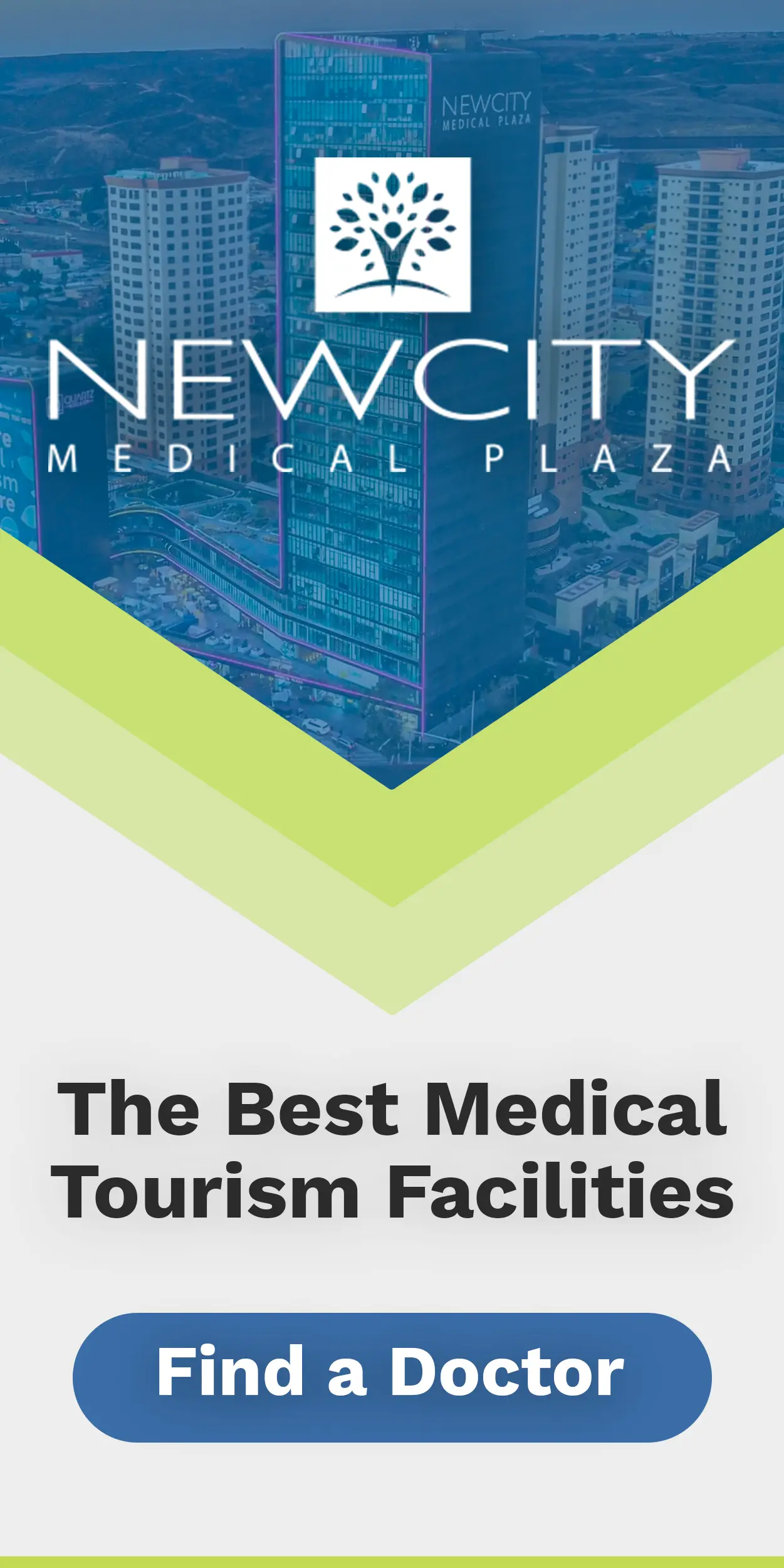By: Kora Sánchez
In a rapidly evolving world, organizations that prioritize continuous learning and development are more likely to thrive and remain competitive. But what percentage of organizations truly embrace this philosophy, and how do people learn most effectively? Let’s delve into these questions and explore the principles of fostering a culture of learning and growth.
The Learning Organization Percentage
Becoming a true learning organization is the aspiration of many, but it is achieved by relatively few. According to research and surveys conducted in recent years, approximately 20-30% of organizations can be classified as learning organizations. These organizations are characterized by a commitment to fostering an environment where employees can learn, adapt, and innovate continually. They understand that learning is not a one-time event but an ongoing journey. Learning organizations consistently outperform their peers by being agile, innovative, and better equipped to respond to external changes and challenges.

How People Learn
Learning is a multifaceted process, and individuals often learn in different ways. Research has shown that learning is most effective when it combines various methods:
1. Hands-On Experience (Experiential Learning): This accounts for roughly 70% of effective learning. It involves practical application and learning through direct experience. In a corporate context, this could mean task rotations, on-the-job training, and immersive learning experiences.
2. Observation and Mentorship: Around 20% of learning comes from observing others and being mentored. This can include shadowing colleagues, learning from experienced team members, or even studying role models.
3. Theoretical Learning: The remaining 10% is derived from theoretical sources, such as formal classroom training, e-learning, and reading. While theoretical learning is valuable, it’s most impactful when complemented by practical experience and mentorship.
Effective Development Strategies
To thrive as a learning organization, it is essential to focus on effective development strategies. Here are some key principles:
1. Clear Instructions: Providing clear and concise instructions is paramount. Ambiguity can hinder learning and performance.
2. Explaining the Why: Employees should understand the reasons behind key points and strategies. This contextual understanding drives engagement and purpose.
3. Practice and Mistakes: Encourage employees to practice their skills and allow them to make mistakes with proper risk management. Learning from failures is an invaluable part of growth.
4. Empower Problem Solving: Instead of solving problems for employees, encourage them to explore and find solutions themselves. This not only boosts their confidence but also promotes critical thinking and problem-solving abilities.

Serving Both Customers and Employees
Organizations that thrive understand the dual role they play. They serve their customers by delivering exceptional products and services, but they also serve their employees by creating an environment where personal and professional growth is encouraged. When employees are allowed to be the best versions of themselves, they contribute not only to the organization’s success but also to the broader evolution of humanity.
In conclusion, while a significant number of organizations strive to become learning organizations, the percentage that truly thrives in this endeavor is relatively low. By understanding how people learn best and implementing effective development strategies, organizations can pave the way toward becoming true learning organizations that serve both their customers and their employees, contributing to positive change and evolution in the world.






































Leave a Reply